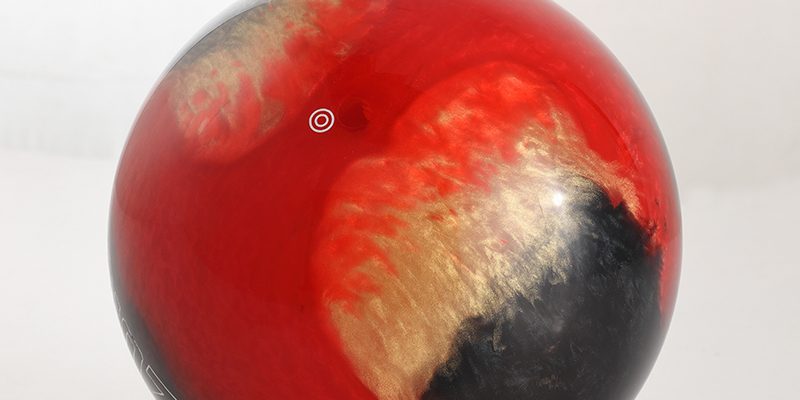For avid bowlers, understanding the science behind bowling ball hook potential is key to mastering the sport. Hook potential refers to the degree of hook or curve a bowling ball can achieve as it travels down the lane. Let’s delve into the science of hook potential and how it impacts your game.
Factors Affecting Hook Potential
- Coverstock: The coverstock of a bowling ball plays a significant role in hook potential. Reactive resin coverstocks, with their porous nature, create more friction with the lane surface, resulting in a greater hook. Urethane coverstocks offer moderate hook potential, while polyester coverstocks produce minimal hook.
- Core Design: The core design of a bowling ball influences its motion on the lane. Asymmetrical cores promote a more pronounced hook, while symmetrical cores provide a smoother and more controllable roll.
- Surface Preparation: The surface of the bowling ball can be altered to enhance or reduce hook potential. Abrasive pads or compounds can be used to adjust the ball’s surface texture, allowing bowlers to tailor their ball’s reaction to specific lane conditions.
Mastering Hook Potential
Achieving the desired hook potential requires skill and practice. Bowlers need to adapt their techniques and equipment to suit different lane conditions. Understanding the lane’s oil pattern, adjusting your speed, and fine-tuning your release are essential aspects of harnessing hook potential.
Professional bowlers often work closely with coaches and pro shops to optimize their bowling balls for peak hook potential. They also continually refine their skills to adapt to changing lane conditions during tournaments.
In conclusion, hook potential is a critical element of bowling that requires a deep understanding of the science behind it. By mastering the factors that affect hook potential and honing your skills, you can become a more versatile and successful bowler.






